Country Profile

Panama is the southernmost country of Central America and is located on the
isthmus connecting North and South America.
The
earliest known inhabitants of Panama were the Cuevas and the Coclé tribes, but
they were decimated by disease and fighting when the Spanish arrived in the
1500s. In 1821, Panama joined a union named Republic of Gran Columbia with
Ecuador, Venezuela, and Columbia and severed its ties with Spain.
The earliest known inhabitants of Panama were the Cuevas and the Coclé tribes,
but they were decimated by disease and fighting when the Spanish arrived in the
1500s. In 1821, Panama joined a union named Republic of Gran Columbia with
Ecuador, Venezuela, and Columbia and severed its ties with Spain.
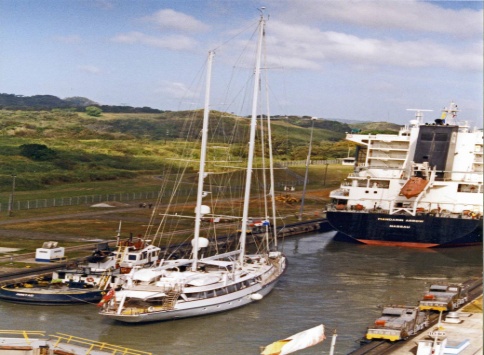
Panama Canal:
For the most part, Panama's history has been shaped by the evolution of
the world economy and the ambitions of great powers. Panama’s strategic location
between two oceans and the engineering marvel of its canal defines this Central
American country’s place in the world. The transit of thousands of ships through
this waterway is the country's main engine for economic growth.
In 1903, with the backing of the United States, Panama seceded from Colombia.
Panama signed a treaty with the US allowing for the construction of a canal and
US sovereignty over a strip of land on either side of the structure (the Panama
Canal Zone). The Panama Canal was built by the US Army Corps of Engineers
between 1904 and 1914. In 1977, an agreement was signed for the complete
transfer of the Canal from the US to Panama by the end of the century.
Culture:
Panama has a very strong
Spanish heritage but because of its historical reliance on commerce, is above
all an ethnic salad bowl. Panamanians' culture, customs, and language are predominantly Caribbean Spanish.
Because of Panama’s unique location as a transportation point and because of
people coming over the years to work on the railroad and the Canal, the majority
of the population is ethnically a mix of Spanish, indigenous, and of African
descent. The remaining population is of Afro descent, Caucasian, indigenous,
Chinese, and others.
Spanish is the official and
dominant language; English is a common second language spoken by many
businesspeople and professionals. More than half the population lives in the
Panama City-Colon metropolitan corridor.
Panama is rich in folklore and popular traditions. Lively salsa--a mixture of
Latin American popular music, rhythm and blues, jazz, and rock--is a Panamanian
specialty.
Sports:
The U.S. has had a strong influence in the country's sports. Baseball is the
National Sport of Panama and has regional teams and a national team that
represents them in international events. Many Panamanians have played on
professional teams in the United. Other popular sports include basketball,
volleyball,football,
golf, and tennis
Climate and Geography:
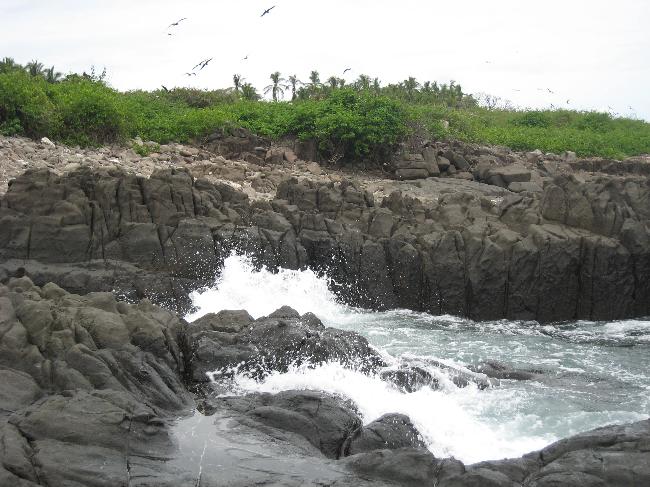 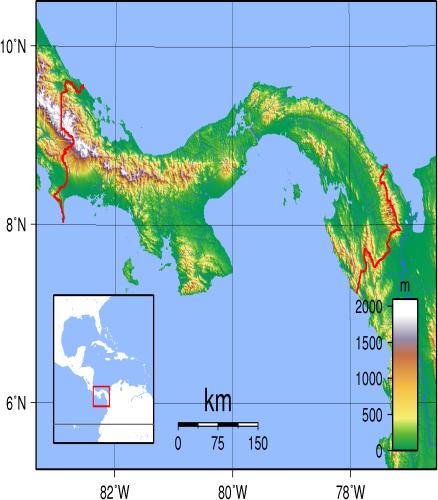 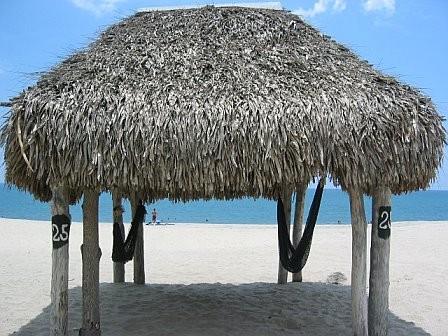
Panama has a tropical climate. Temperatures and humidity are uniformly high and
there is little variation in seasonal variation in temperature. Temperatures
range from 24 °C (75.2 °F) to 29 °C (84.2 °F), but are markedly cooler in the
higher parts of the mountain ranges.
Panama experiences a rainy season from May to January and a dry season from
January to May.
The dominant feature of the country's landform is the central spine of
mountain ranges and hills that forms the continental divide. The spine that
forms the divide is the highly eroded arch formed by volcanic intrusions.
Located between the two primary mountain ranges there is a gap between the
mountains along which the Panama Canal was constructed. This is the region where
the majority of the population, urban centers, economic activity, and
infrastructure are located.
The western and southwestern side
of Panama is a somewhat drier region and supports agriculture and livestock
production. The northwestern sided is mountainous and covered with tropical
rainforest. To the east of the central
region, Panama is covered with a relatively dense rainforest and is not heavily
populated. A nearly impenetrable jungle forms the Darien Gap between Panama and Colombia.
The coastal lowlands (Caribbean and
Pacific coasts) are major areas for economic activity such as fishing, tourism,
and housing development. This region is characterized by plains and low lying
hills.
Economy:
The economy of Panama is a free market economy with a history of low inflation.
Panama’s economy has been relatively strong and has been one of the fastest growing economies in Latin America and is predicted to grow by 9.2% in 2011.
Robust infrastructure investment plans and increased revenue from the Panama Canal anticipated in the next several years will help in reducing government debts and
improving fiscal growth.
Panama's economy is based primarily on a well-developed services sector that accounts for nearly 80% of its GDP which include the Canal and maritime services,
tourism, banking, the Colón Free Trade Zone, container ports, insurance and other business. Agriculture, Fishing and Mining account for about 6% of the GDP,
while industry and manufacturing account for nearly 11.5% which includes construction , brewing, sugar milling and cement.
Government:
The Panama is politically stable, and has democratically elected governments. Panama is a representative democracy with three branches of government:
executive and legislative branches. Anyone over the age of 18 can vote and representatives are elected by direct vote for a five year term.
The judicial branch is organized under a nine-member Supreme Court where judges are appointed for a single ten year term.
A self-directed Electoral Tribunal oversees voter registration, the election process, and the activities of political parties.
Pictures of Panama :
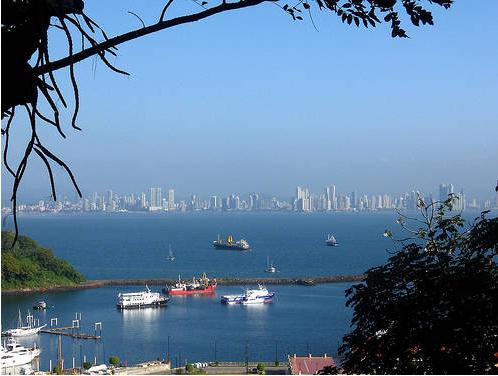
Panama City View
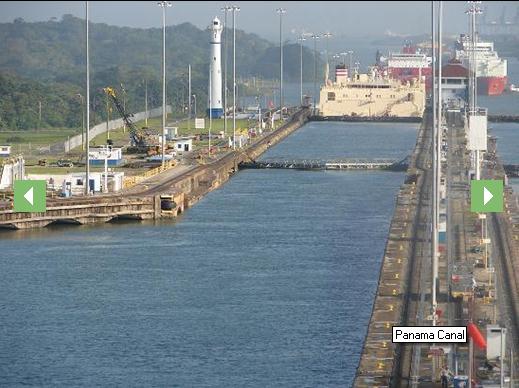
Panama City View
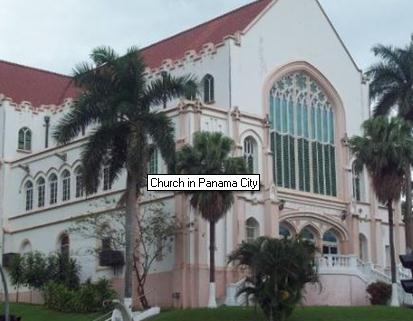
Panama City View
|